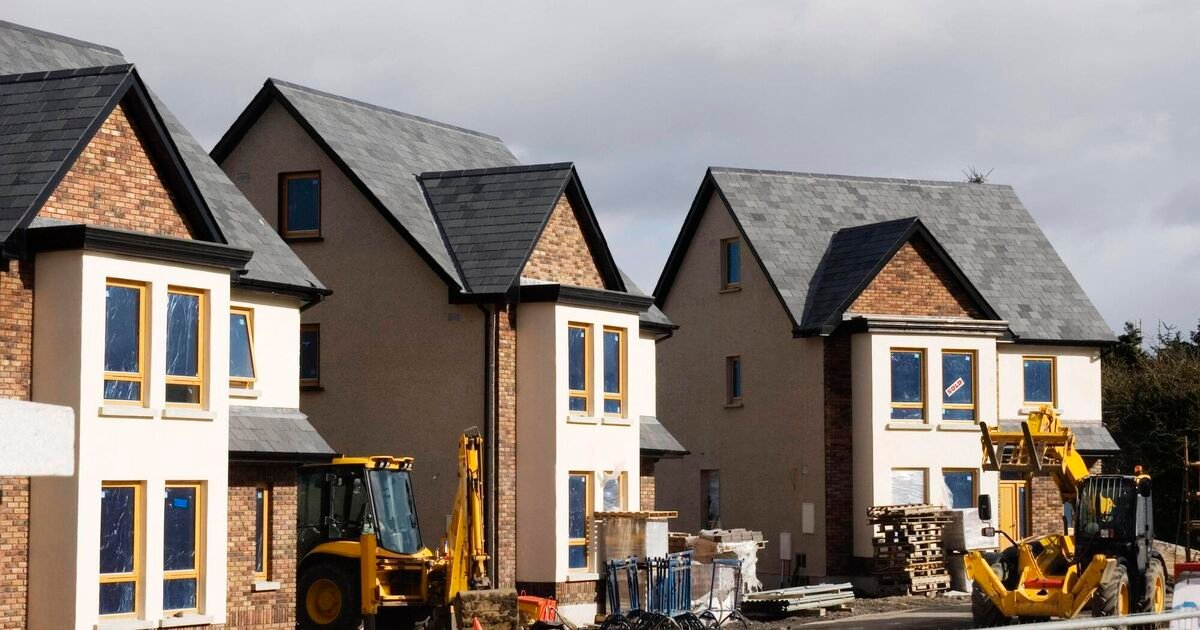The Government need to revert commercial stamp duty from 7.5% back to 2% to unlock stalled investment and accelerate its housing delivery, Savills Ireland has said.
Publishing its pre-budget submission, the property advisor warned that persistently high transaction costs are dampening investment in the commercial property sector, while buyer supports that haven’t kept pace with inflation are making it harder for first-time buyers to access new homes.
It is also recommending the Government update the Help-to-Buy (HTB) scheme threshold from its current €500,000 cap to at least €621,000, reflecting the level it would be today if it had kept pace with inflation since the scheme’s introduction in 2017.
Consumer inflation has surged by 24.2% in that time, Savills said, but the threshold has remained unchanged which it says has eroded the scheme’s effectiveness.
“Reverting commercial stamp duty to 2%, as it was between 2011 and 2017, would send a strong signal that Ireland remains a competitive, investor-friendly location,” said Mark Reynolds, Managing Director of Savills Ireland.
“At a time when international capital is more selective, cost matters, and so does confidence.”
Ireland currently has one of the highest commercial property transfer taxes in Europe, making it less attractive for investors compared to peer markets, Savills warned.
“For example, at a 7.5% rate, an investor acquiring a property yielding just 3.75%, effectively loses two full years of rental income to stamp duty,” it added.
“This means more and more new homes are simply out of reach under the current HTB limit,” said Mr Reynolds.
“Updating the threshold to align with inflation will directly support buyers and help maintain a pipeline of viable new housing supply in urban areas where demand is highest.”
In addition to stamp duty and the HTB scheme, Savills is also calling for Uisce Éireann’s statutory remit to be expanded to enable the proactive delivery of water infrastructure, and is urging the Government to update Ireland’s construction labour modelling to reflect the reality of the stated 50,000-unit annual housing target, alongside investment in training and guarantees that apprenticeships are completed within four years.





